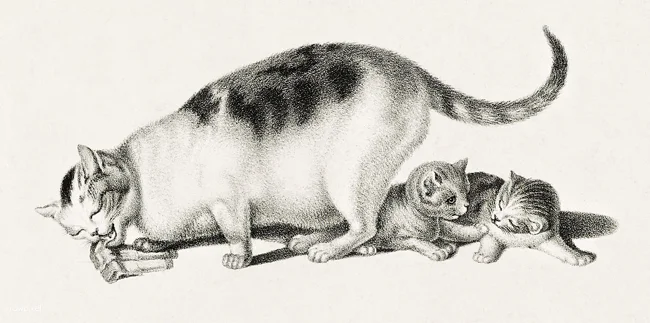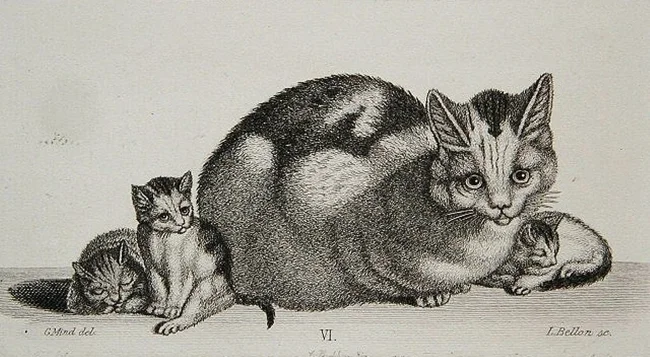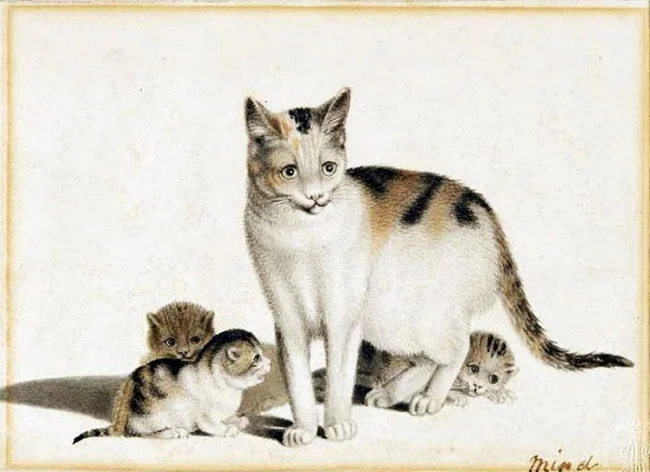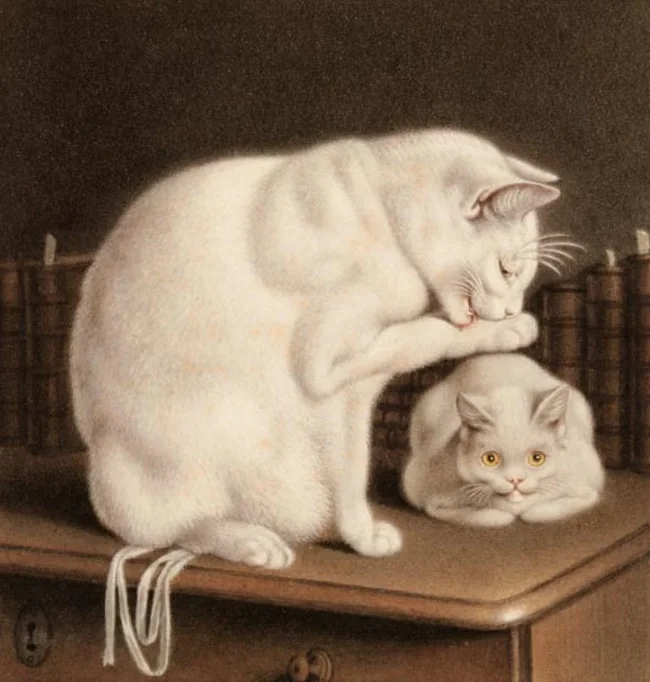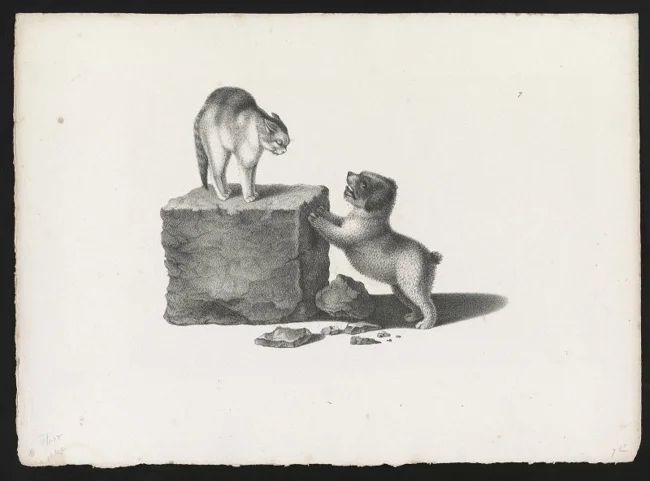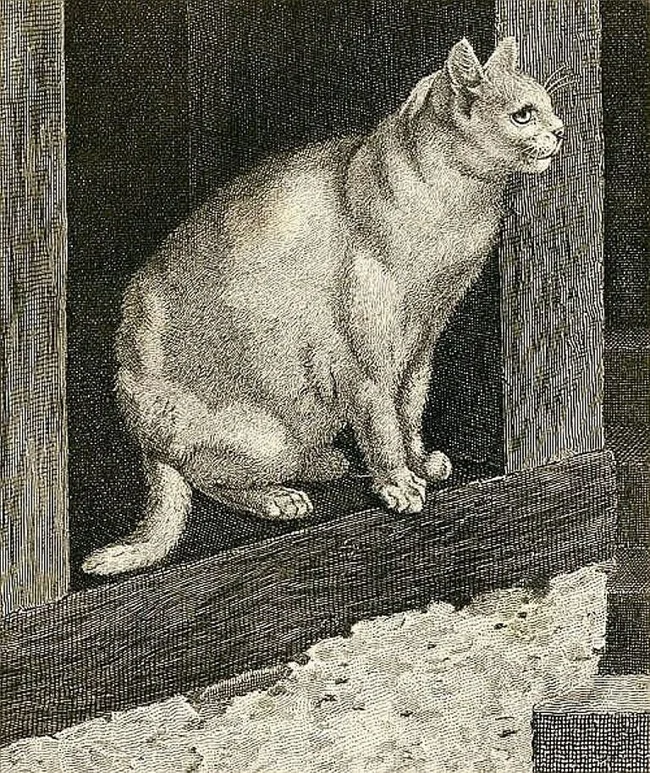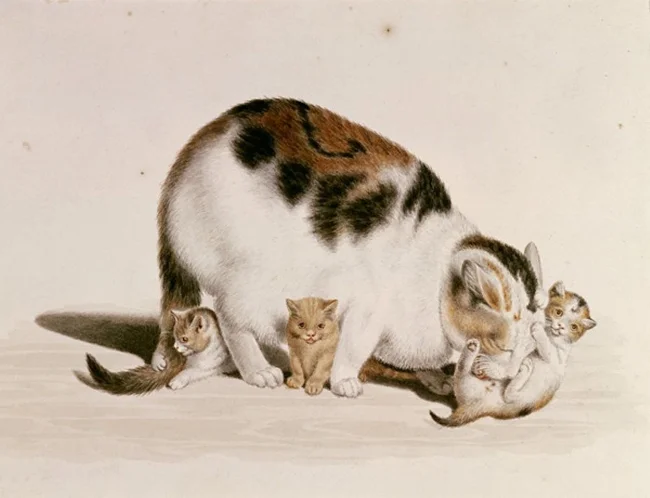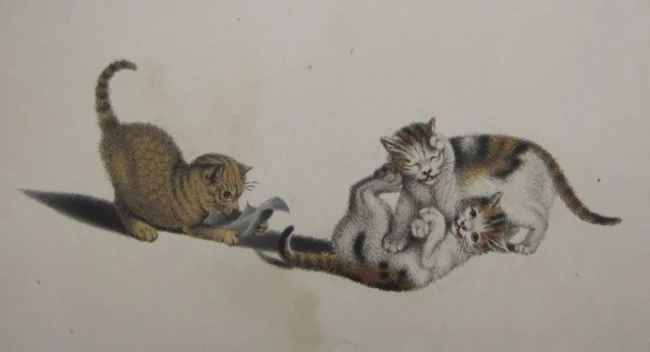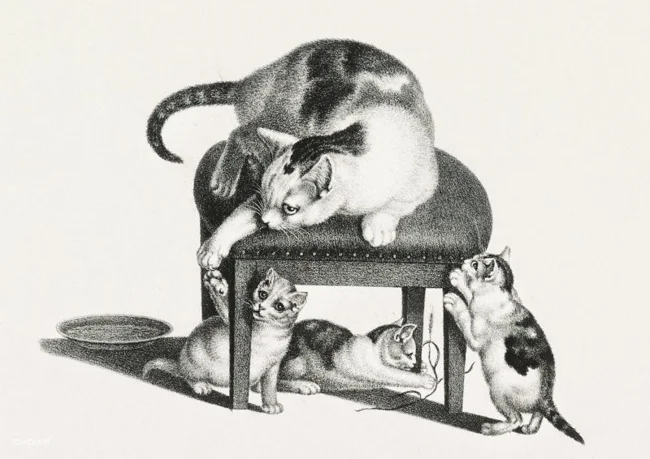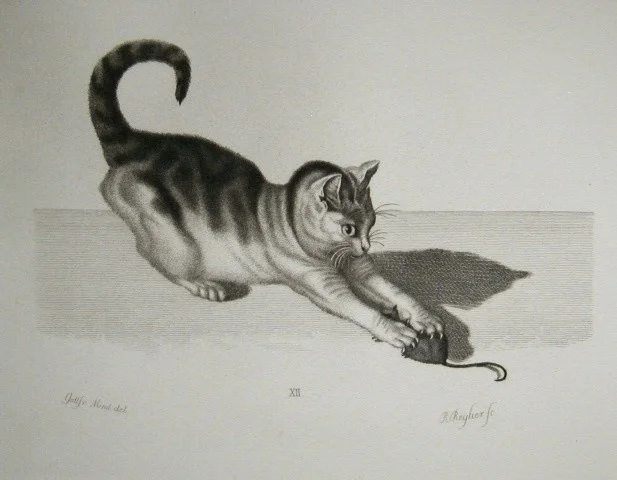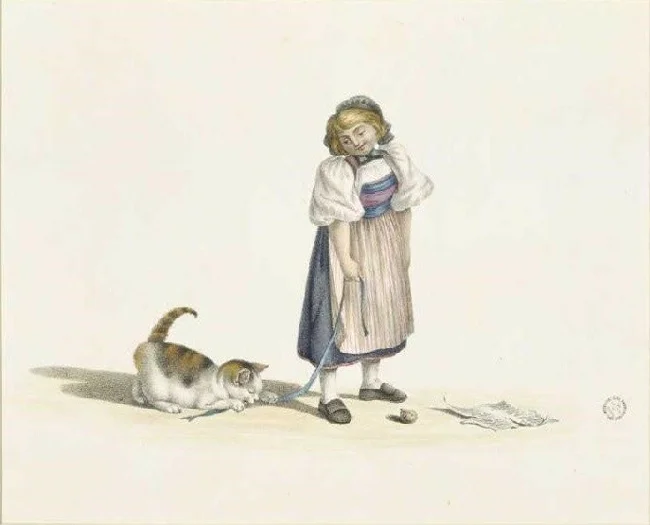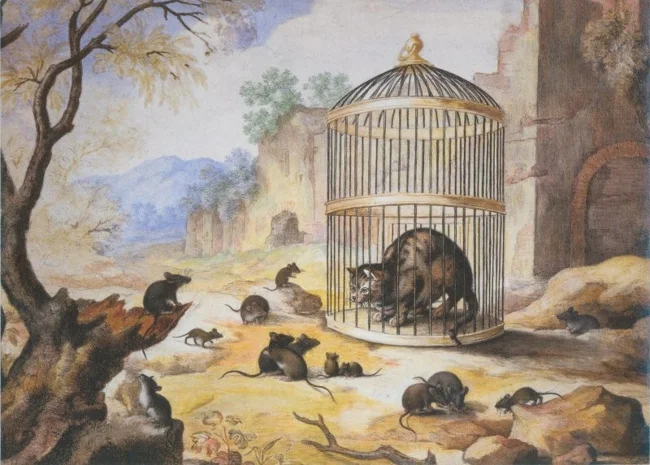Genius and madness often walk hand in hand. And although this man cannot be called a real madman, his psychological characteristics made him what he became, and helped him become famous and remain in history. 
Gottfried Mind was born in Switzerland in 1768 into the family of a carpenter. As a child he was sickly and weak. And in addition to physical weakness, he also suffered from autism. 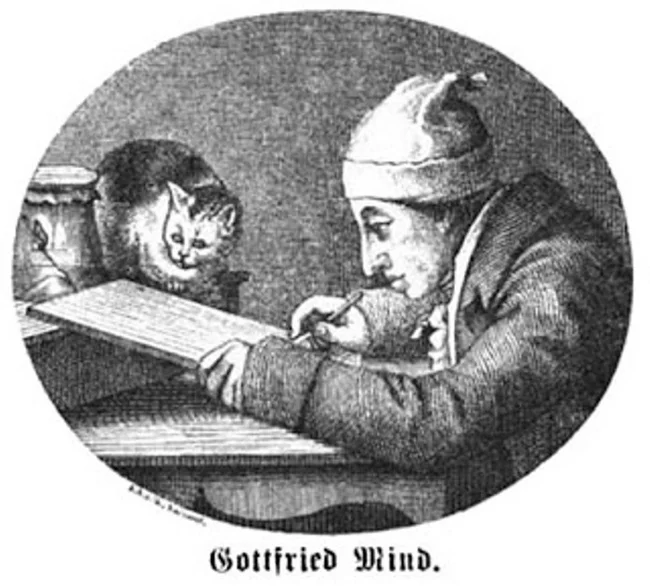
At a young age, Gottfried showed a talent for drawing, but his father believed that the only material worth working with was wood. He gave his son pieces of wood, and the boy learned to work with wood and became a truly promising carver.
His miniature sheep and cows were popular with locals, who displayed them on their mantelpieces. However, Gottfried's true passion was drawing - an activity to which he was not allowed to devote himself entirely. 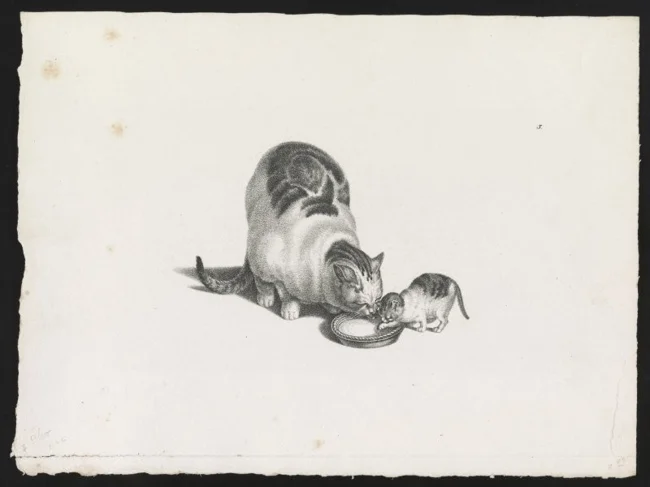

To distract the child from nonsense, his parents sent him to school, where he spent only a year and a half. After this, the school director said that Gottfried was “not capable of any work, but is full of enthusiasm.” The boy never learned to read, count or write, but showed a clear talent for drawing, especially God's creatures, which he captured with "artistic whims and some ingenuity."
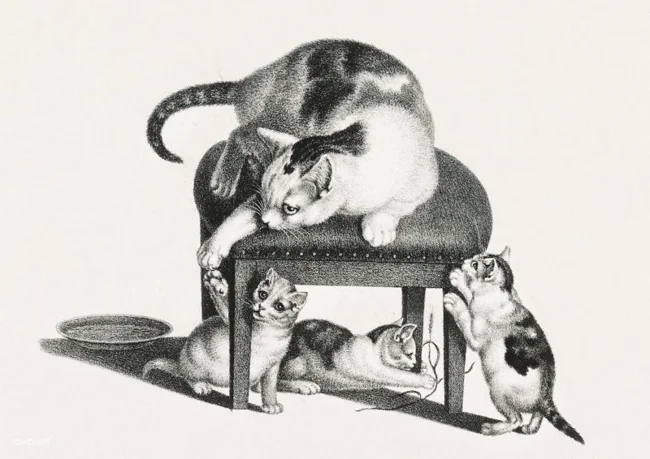
With his father's approval, Gottfried became an apprentice to the artist and engraver Sigmund Henderberger in Bern, who was famous for his pastoral engravings. Gottfried hand-colored his teacher's drawings.
Only after the death of his mentor in 1802 did Gottfried have the opportunity to engage in his own creativity.
The master's widow needed money and encouraged the student to work on original drawings and watercolors. He did just that, focusing not on village scenes, but on his favorite theme - cats.

Why cats? Well, according to some reports, Gottfried’s unusual appearance and behavior made people, if not outright afraid of him, then at least wary. Accordingly, communication with people was difficult. But the cats didn’t care what he looked like, they didn’t care that he wasn’t completely normal. He liked to hold the cat on his lap or on his shoulder. And as is customary with a true cat lover, he remained in an awkward position so as not to interfere with the animal’s comfort.
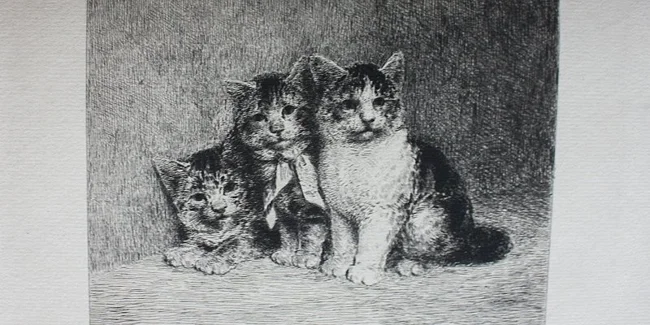
During the hours he spent in the company of cats, their appearance was so firmly imprinted on his mind that he began to draw cats from memory.
When he sat down to work, a cat was placed on his back or shoulder. A second cat often sat next to him at the table, watching the work progress. Sometimes one or two kittens rested on the artist's lap under the table.
Unfortunately, Gottfried Mind suffered from a "growing disorder in the chest" which led to his death in 1814 at the rather young age of 46.

Thanks to his works, Mind gained worldwide fame. One of his paintings was even bought by the English King George IV.
In history, the unusual artist remained under the nickname of the Cat Raphael. Mind learned to portray his favorite animals so realistically that admirers of his talent found it possible to compare the modest Swiss autist with the great Italian Rafael Santi.

